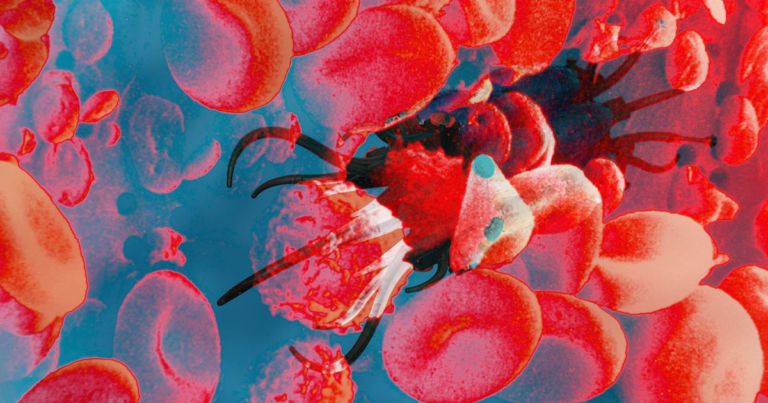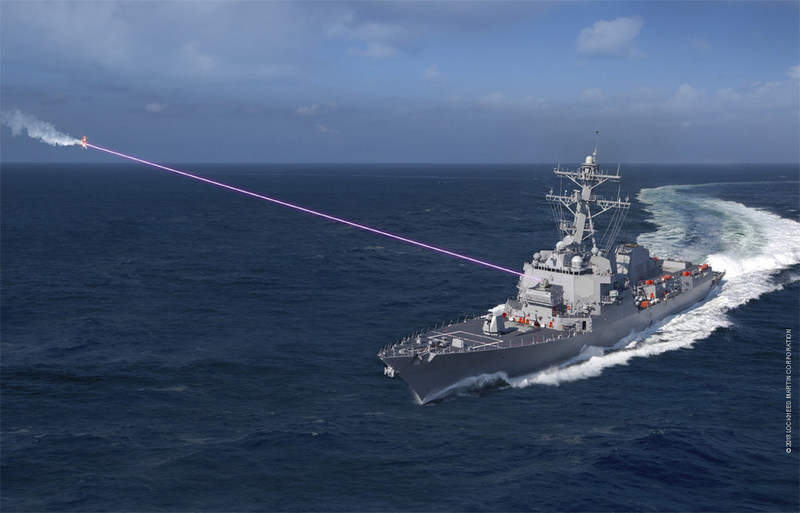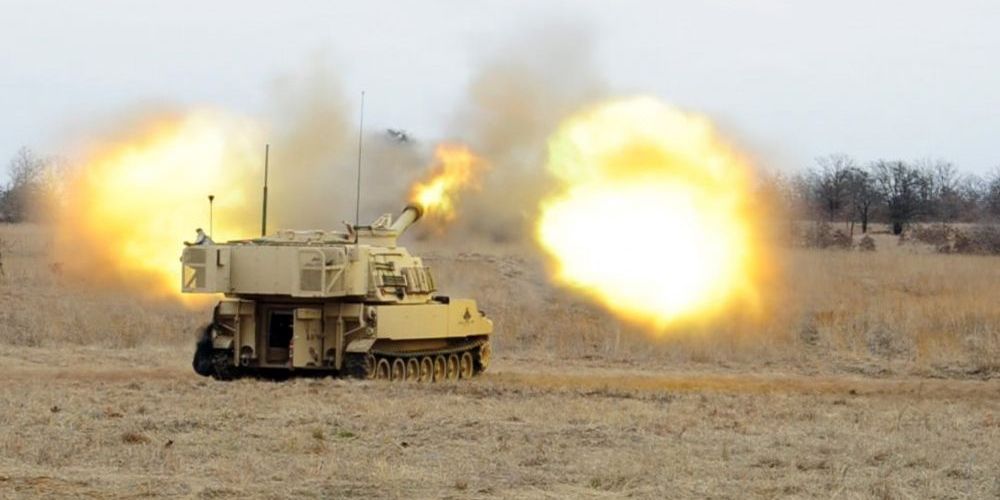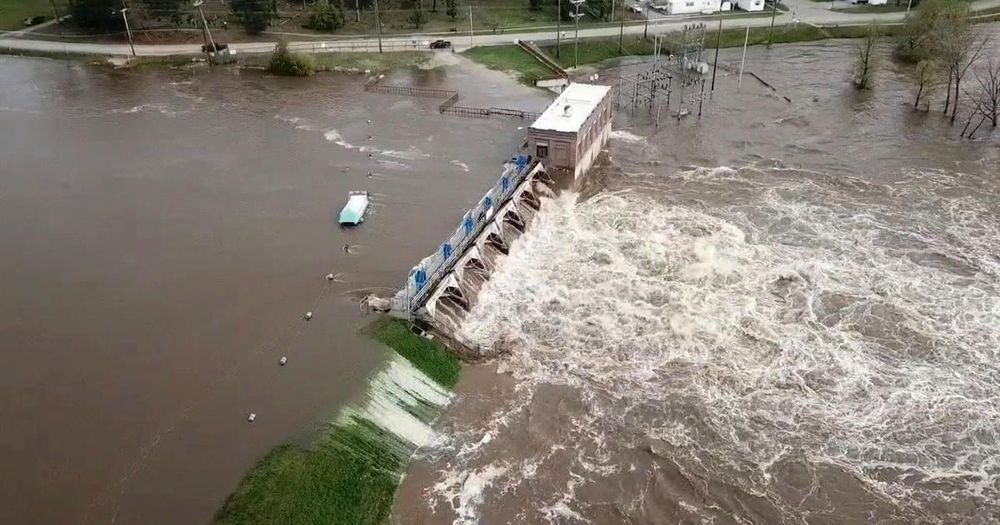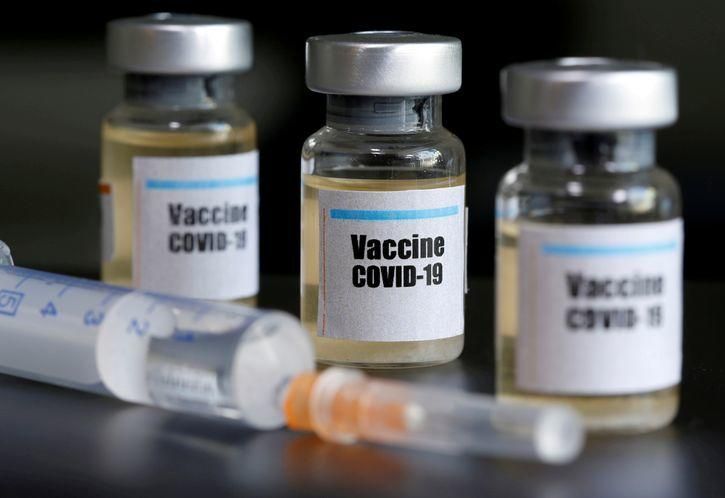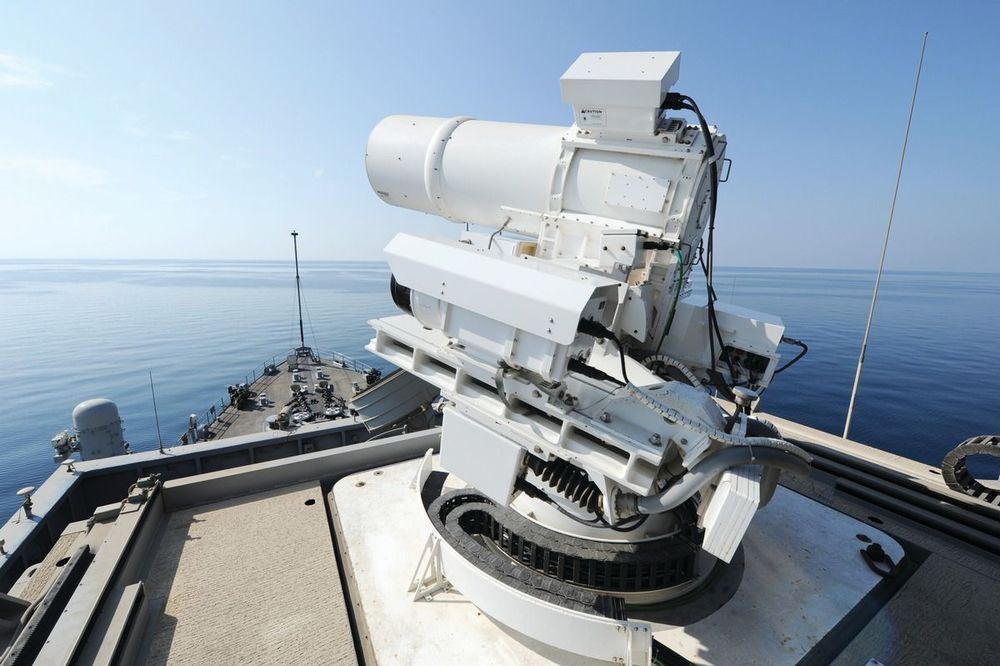In order to find and treat cancerous tumors, a team of scientists is working on an aggressive new approach that involves a swarm of tiny, cancer-killing robots.
The idea is to inject the nanobots, which are engineered to look and travel like white blood cells, into a patient’s veins and move them around inside the body with powerful magnets.
“Our vision was to create the next-generation vehicle for minimally invasive targeted drug delivery that can reach even deeper tissues inside the body with even more difficult access routes than what was previously possible,” Metin Sitti, Director of Physical Intelligence at the Max Planck Society, said in a press release.
